Biodiversity Bounces Back
Native grasses and forbs are welcome sights as the former monoculture pastures at Noble’s Pasture Demonstration Facility respond to adaptive grazing and the use of cover crops.
As ranch foreman Brooks Braunagel enters his eighth year at Noble Ranches’ Pasture Demonstration Facility, he is learning to identify and care for a lot of plants he had rarely, if ever, seen in the monoculture pastures before.
Not surprising, because some of these plants hadn’t grown at PDF in the last four decades.
The heifers Braunagel manages once grazed almost solely on the PDF’s introduced grasses, such as bermudagrass and crabgrass, plus wheat, rye and ryegrass seeded for winter forage. Now he’s watching native grasses and forb species come back to those pastures. He sees more earthworms and dung beetles in the soil. He is also seeing benefits to the cattle, as more forage options contribute to improved animal health.
What’s making the difference? Applying the six principles of soil health.
“We started implementing adaptive grazing in the fall of 2020,” Braunagel says. “We’ve minimized fertilizer and herbicide applications across the ranch, and changed pasture management to more frequent moves with higher stock densities.” The resulting longer rest periods for the pastures are vital for the emerging native grasses and forbs as well as the introduced grasses, he says.
“It’s been exciting to know that we are making a difference not only to our land and animals, but also leading the way for others to learn and figure out what works and what doesn’t.”
Braunagel is responsible for developing and breeding the mostly Angus-cross replacement heifers for other Noble ranches, and adaptive grazing isn’t the only change for the herd at PDF. To get calving more in sync with nature, they backed their breeding season up and exposed the heifers to the bulls for 45 days in June and July.
“That way the calves are hitting the ground not only at a warmer time of year, which is better for the heifer and the calf, but we also have better forage availability at that time,” he says. The bulls were all grass-developed, as Noble is breeding and selecting for smaller-framed cows that can maintain good condition and raise a healthy calf on grass. “They should be more adapted to our regenerative system, and therefore more profitable to us.”
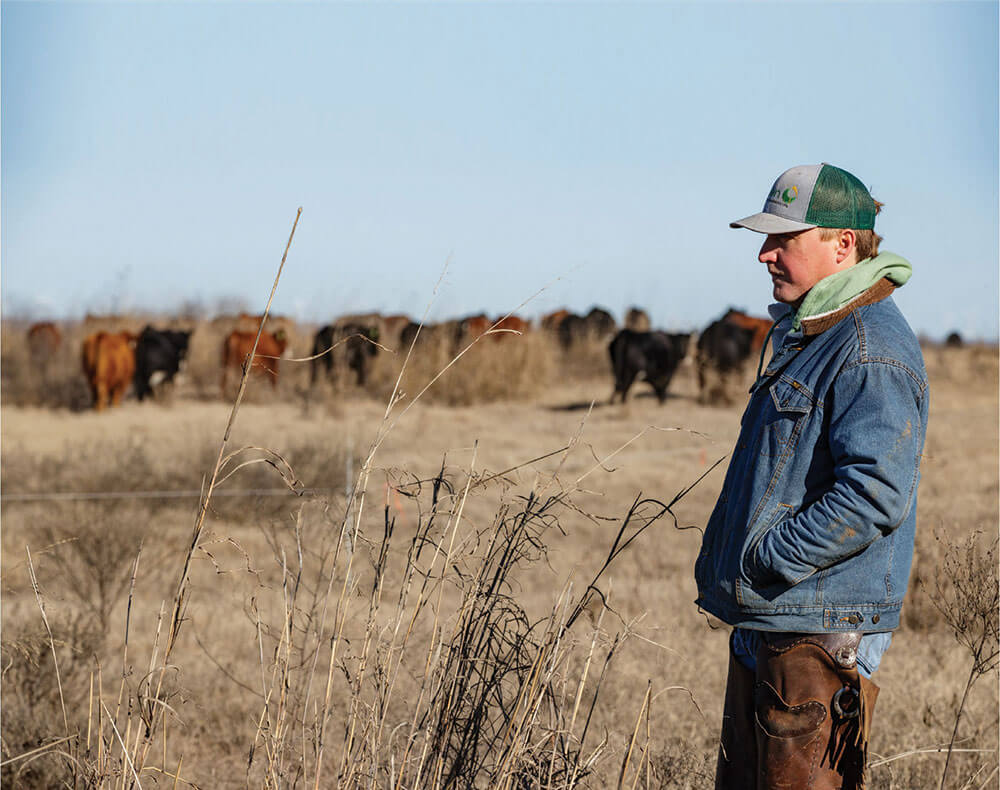
Newest chapter for formerly eroded land
The past use of the PDF ranch’s uplands under former owners, before a Noble team started managing most of the ranch in 1964, included raising cotton on soils that weren’t that productive to begin with. Severe erosion of land laid bare by conventional farming in the early 20th century took its toll on slopes of various loams, carving gulleys so deep “you could drop a bulldozer in and not see it,” says Mike Porter, senior wildlife and fisheries consultant at Noble.
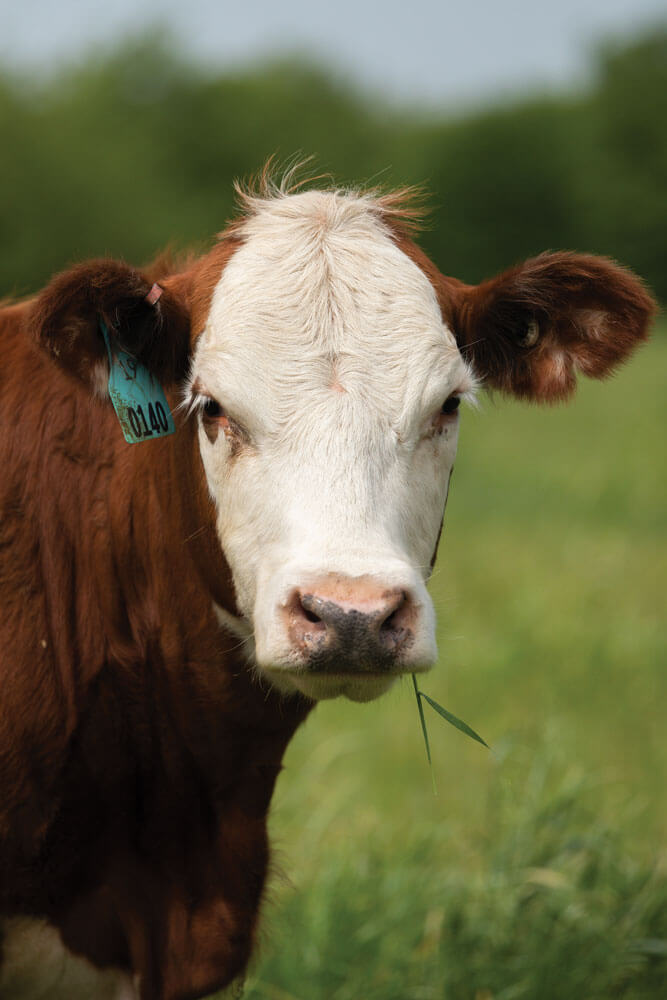
The team counted 8 miles of gulleys on just one part of the farm as it worked to heal them through the ’70s, ’80s and ’90s, building or rebuilding the 33 ponds now on the ranch and planting bermudagrass to stabilize the sides of the deep gashes. The new seeding was fenced off until it was established enough to become grazeable pastureland, joining cleared woodlands also seeded to bermudagrass. Some of the existing cropland was terraced and then annually planted to wheat, rye and ryegrass and a rye/crabgrass rotation for grazing.
As its name implies, PDF was used for research and demonstration geared toward pasture management. Interestingly, Porter says, retired Noble forage specialist R.L. Dalrymple “basically was practicing regenerative management before it was popular” with his use of reduced tillage and controlled grazing units on a portion of the ranch. “He was using livestock and rest to manage grass with as little equipment as possible.”
Porter, who has been involved with the property from a wildlife and fisheries perspective for 42 years, says he could see a difference in the acres managed with adaptive grazing versus the areas grazed more heavily with less rest. Now the soil health of the property is beginning to improve as the six principles of soil health are applied throughout.
“It was quite exciting to see the improvement last year,” he says. “It’s the beginning of the transition from a bermudagrass monoculture to a more diverse plant community, and there’s no question PDF has more native diversity than it had three years ago.”
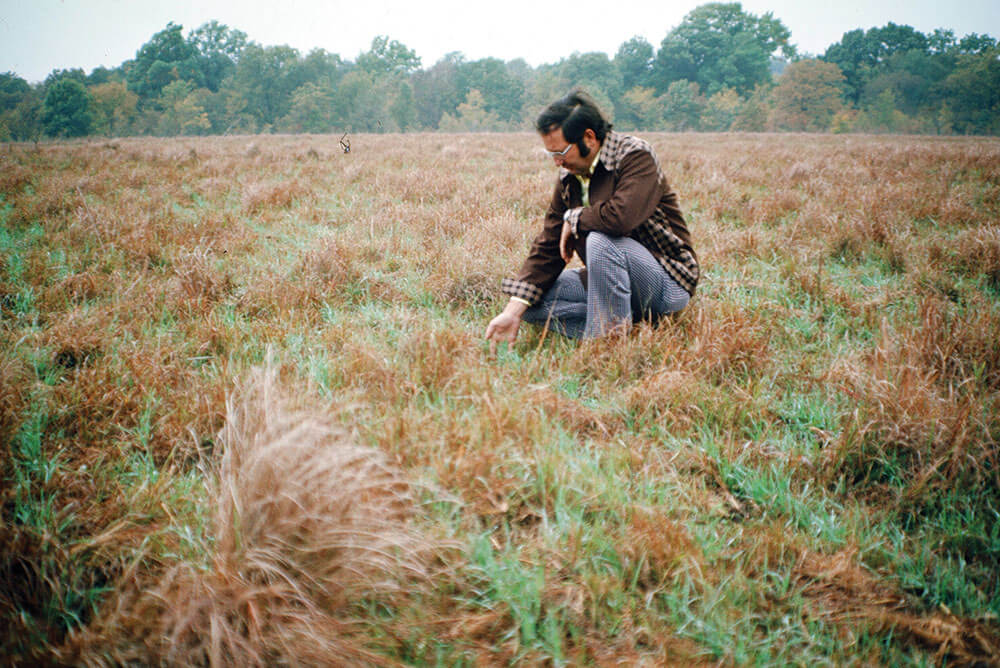
Managing pastures for soil health
Today, Braunagel says all of PDF is being managed for soil health with grazing adapted to the landscape and the forages available, rather than emphasizing production of bermudagrass and a few other introduced monocultures. Bermudagrass has lost some of its dominance, he says, but it hasn’t died out, and that is not the aim. However, the new way of managing has given more life a chance to thrive above and below ground.
The ranch is divided into 28 permanent pastures ranging from 6 to 60 acres each, he says, “and I can cut those pastures up some 15 different ways. So these pastures are getting rested 90 to 105, 120 days between grazings.”
He’s able to give the forage that much rest by putting the heifers in one spot for a shorter period of time and having more spots to rotate through. And by taking down so much of the permanent sections of polywire and using adaptive grazing, options have opened up, such as building multiple temporary paddocks connected to a group of trees to give the cattle natural shade on hot summer days.
With the regenerative approach now in place, we don’t use herbicides, even for burndowns. we now use cover crops to extend grazing periods as far as we can through the seasons.
Brooks Braunagel
As challenging as drought conditions were in 2022, Braunagel says there were some benefits to the long dry spell.
“This year we had an increase in native forbs as far as our western ragweed and woolly croton in some areas,” he says, and he would graze those spots as smaller paddocks with increased stocking density. As a result, the heifers learned to be less selective about what they grazed, which should make them better fit for future challenges.
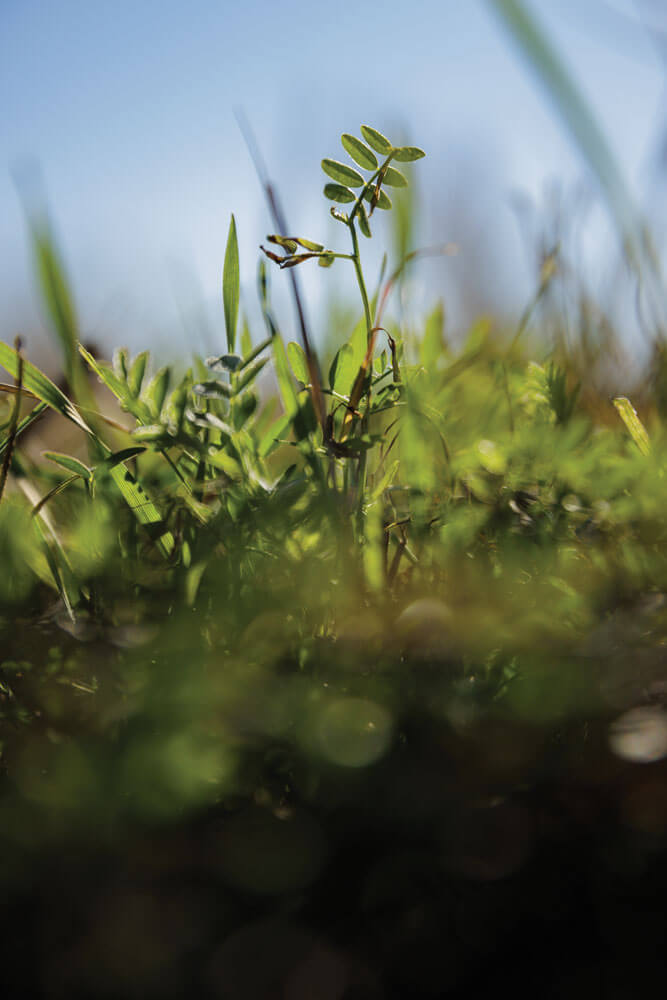
Other times, he would need to ease up on the intensity in order to keep cover on the ground, an important factor in following the soil health principles. When rain did come in September, he was surprised by how quickly the pasture grasses responded.
“I was nervous about running that many head through the summer, but it was cool getting to see everything work out as far as having a lot of grass left over,” he recalls. “We got it done.”
Cover crops help diversity and grazing seasons
One section of PDF had normally been seeded to wheat, rye and ryegrass for winter grazing. It sat unused once the small grains died off, growing up in weeds that they would spray with a late-summer burndown before seeding back to small grains.
“With the regenerative approach now in place, we don’t use herbicides, even for burndowns,” Braunagel says. “We now use cover crops to extend grazing periods as far as we can through the seasons, depending on the weather.”
Braunagel started by expanding a former PDF research regimen to the whole 130-acre annual-crop area, no-till drilling a summer cover crop mix into the depleted winter small-grain crop. The summer cover crops alone added the diversity of at least 10-15 different plant species during the last two years. Each has its own advantages to give to the soil while providing forage for cattle and adding economic value to the ranch.
As he observed which plants came up well and responded to rains, Braunagel found that pearl millet, cowpea, okra, sunn hemp, hybrid sorghum, plantain and radishes outperformed the other warm-season species in the mix.
“Summer cover crop seed can be costly, so now we’ll narrow our mix to tailor it to our soils and conditions,” he says. “It may take a few years, but you’ll be able to identify what works best for your situation.”
Due to ongoing drought, they decided this fall to plant the former wheat/rye/ryegrass pastures with cool-season crops that have done well in past years: a diverse mix of wheat, crimson clover, common vetch, chicory and purple-top turnip. Timely rains produced a good stand.
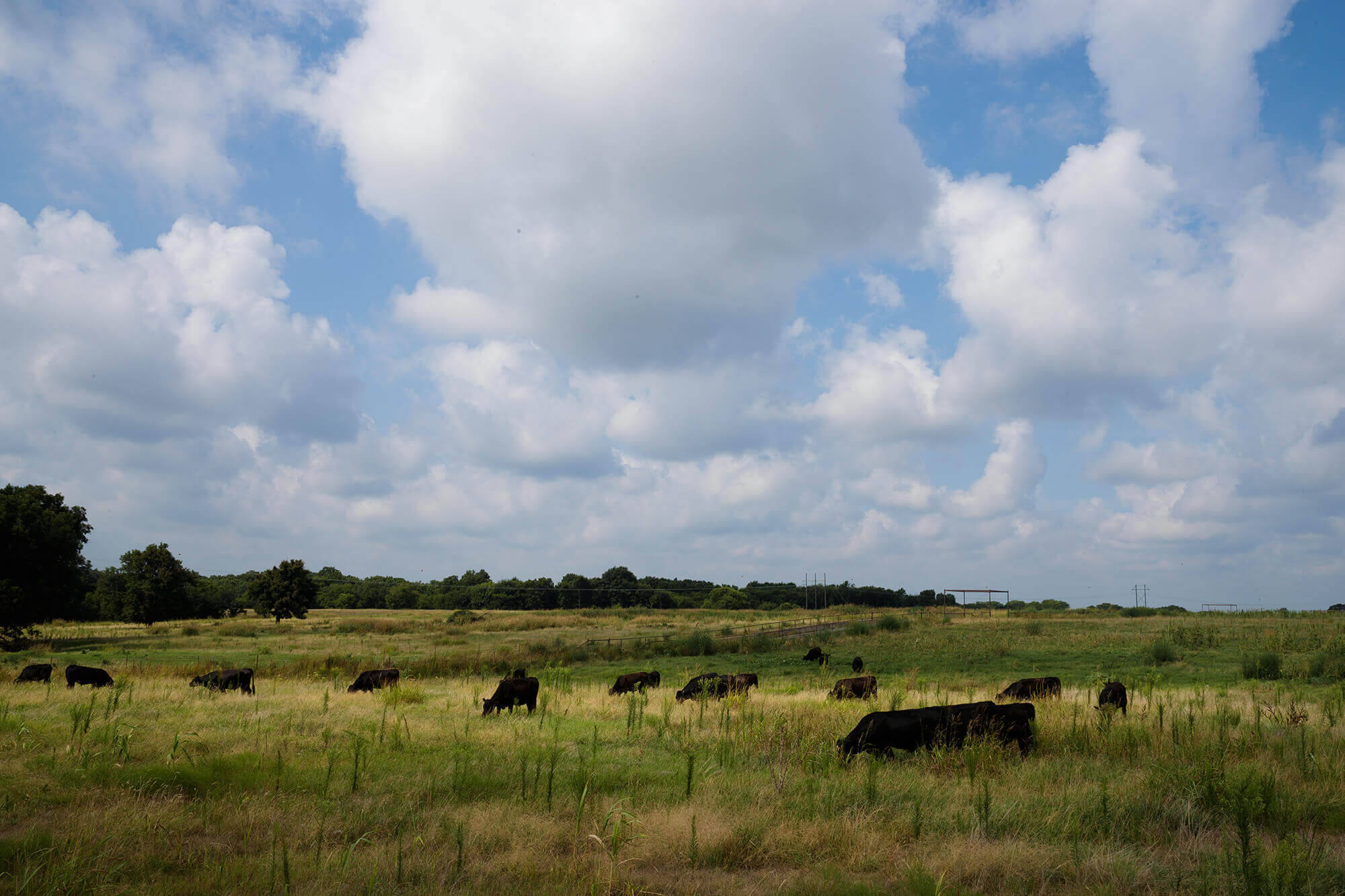
Braunagel says he has seen the cattle do exceptionally well on the cover crops, with no need for extra supplementation. And as grazing seasons have lengthened, “it’s helped us cut back to supplementing hay only during winter weather events and attracting cattle into brush thickets to trample and consume woody plants.”
Cover crops also play a role in diversifying the introduced-grass pastures. Braunagel normally overseeds a mix of ryegrass, common vetch and crimson clover in the fall. Much-needed rains after seeding resulted in a good stand for all of the cool-season cover crops there as well, he says.
“Not only are we extending our grazing season exponentially with the cover crops, we’re increasing diversity in those areas,” Braunagel says. “And the diversity is just unreal.” It’s playing a key role in nursing the soil back to health, as well as improving water infiltration and retention.
“My plan is to continue to encourage diversity across PDF,” Braunagel says. “This is a goal that will help the ranch become more drought-resilient and help the ecology and biology of the ranch and all its residents, whether that’s livestock, wildlife, insects and, last, but not least, the microbes.”
When it comes to selecting cows for regenerative ranching, it all comes down to what fits your operation.

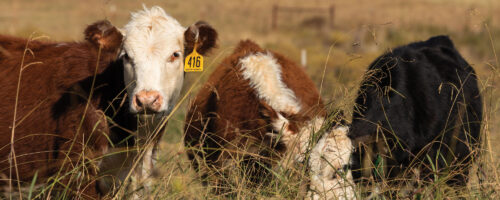
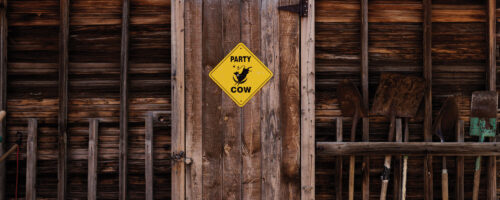
Comment